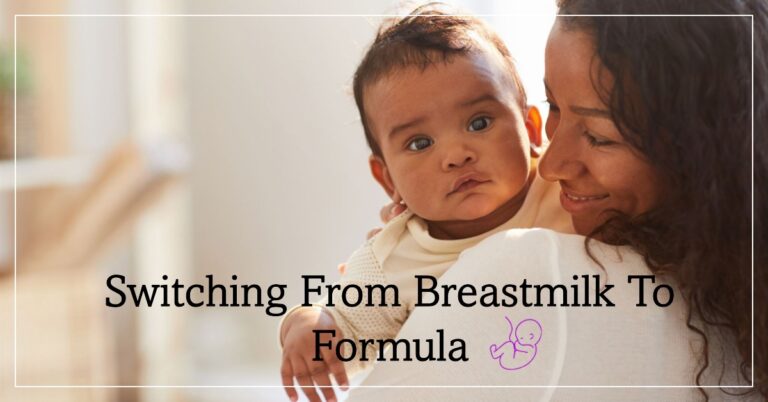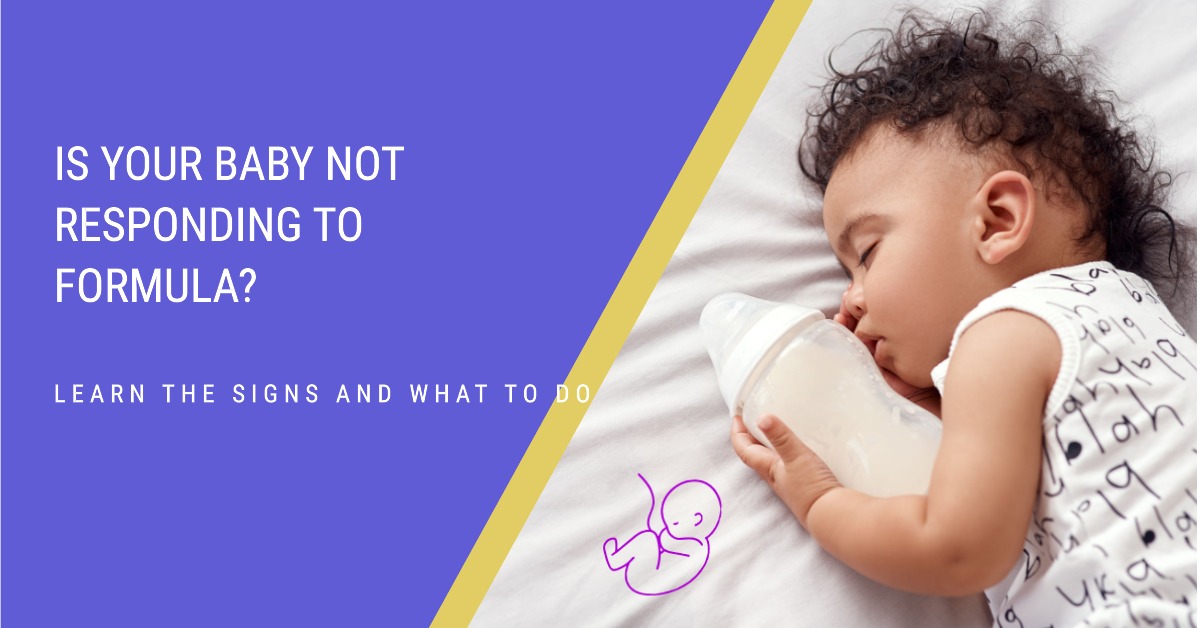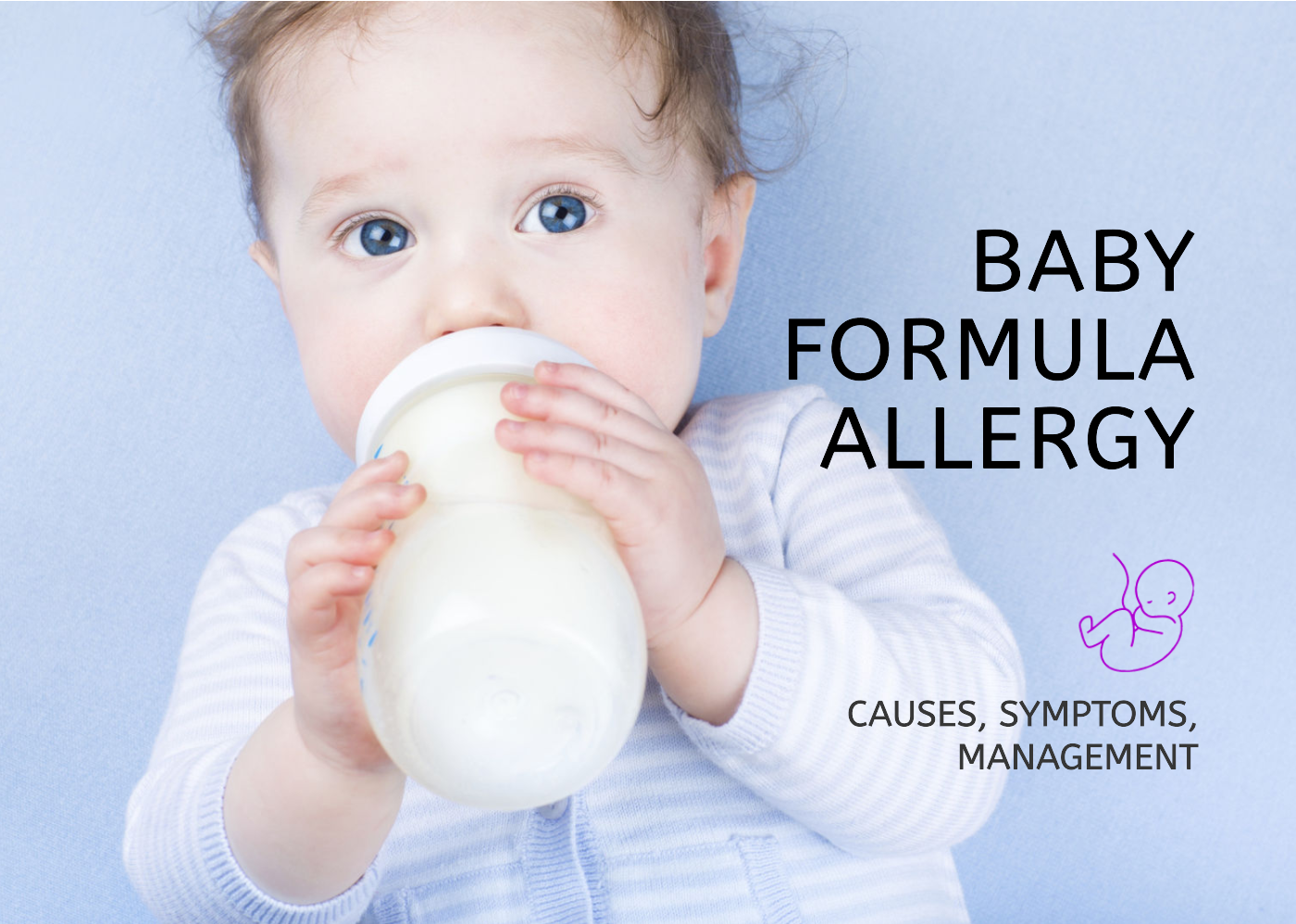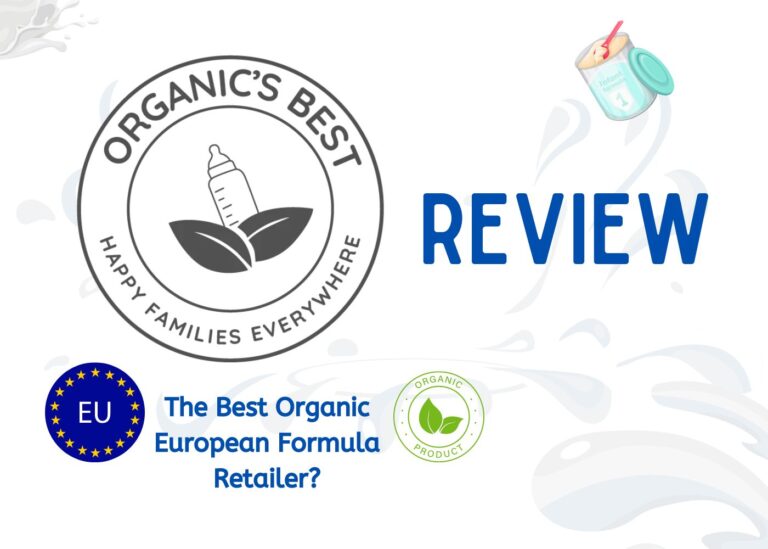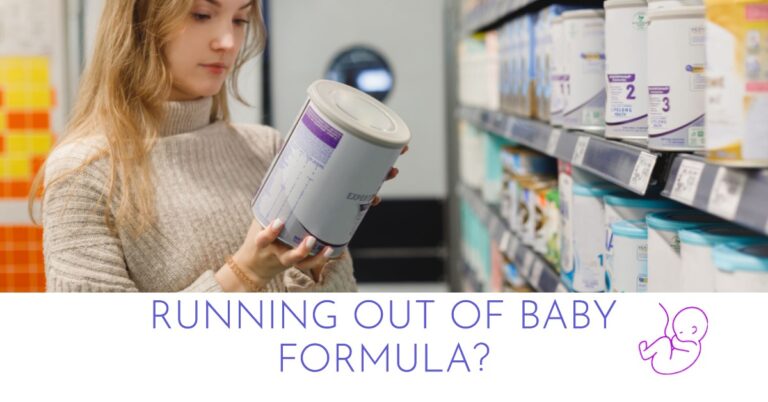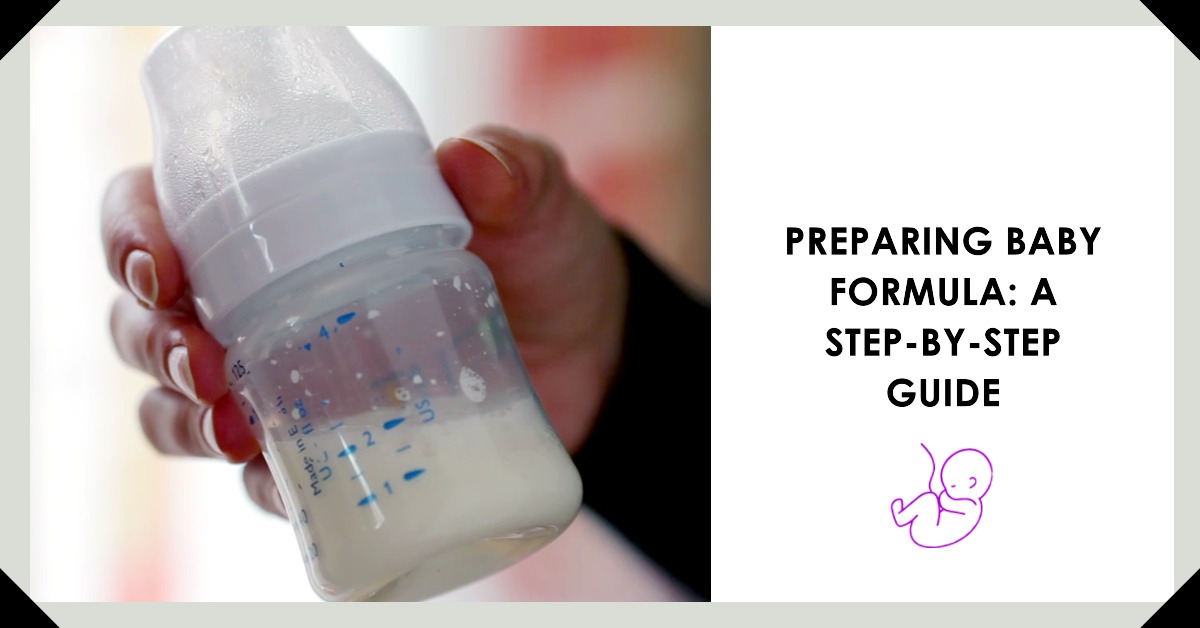
Key Takeaways
Hygiene First: Always wash your hands thoroughly before preparing your baby’s formula.
Measure Right: Follow the instructions on the formula packaging to measure the correct amount of water and formula.
Mix Well: After adding the formula to the water, ensure to mix well to prevent any clumps. Remember, smooth consistency is key.
Check the Temperature: Always check the formula’s temperature before feeding. It should be comfortably warm, not hot. Test it by dropping a little on your wrist.
Store Properly: Prepared formula should be used within 24 hours and stored in the fridge. If not consumed within one hour, discard the remaining formula to prevent bacterial growth.
Warming Up: If you need to warm the formula, use a bottle warmer or warm water bath. The formula should be around body temperature (98.6°F/37°C).
Don’ts: Avoid common mistakes like heating formula too hot, reheating previously warmed formula, adding extra water, and using a formula past its expiration date.
Navigating the world of baby formula can feel like trying to solve a complex puzzle, especially for new parents.
Did you know that improperly prepared or stored formula not only affects its taste but could also present health risks to your baby?
This blog post is here to demystify the process: from how to make and mix it right, warming it up, all way down to storing leftovers safely.
Ready for some practical parenting knowledge? Let’s get started!
How to Prepare Baby Formula
To prepare baby formula, wash your hands thoroughly with soap and warm water before starting.
Measure the desired amount of water into the bottle, then add the appropriate amount of powdered or concentrated formula.
Gently swirl the bottle to mix the formula, ensuring no clumps.
Test the temperature by putting a few drops on your skin before feeding it to your baby.
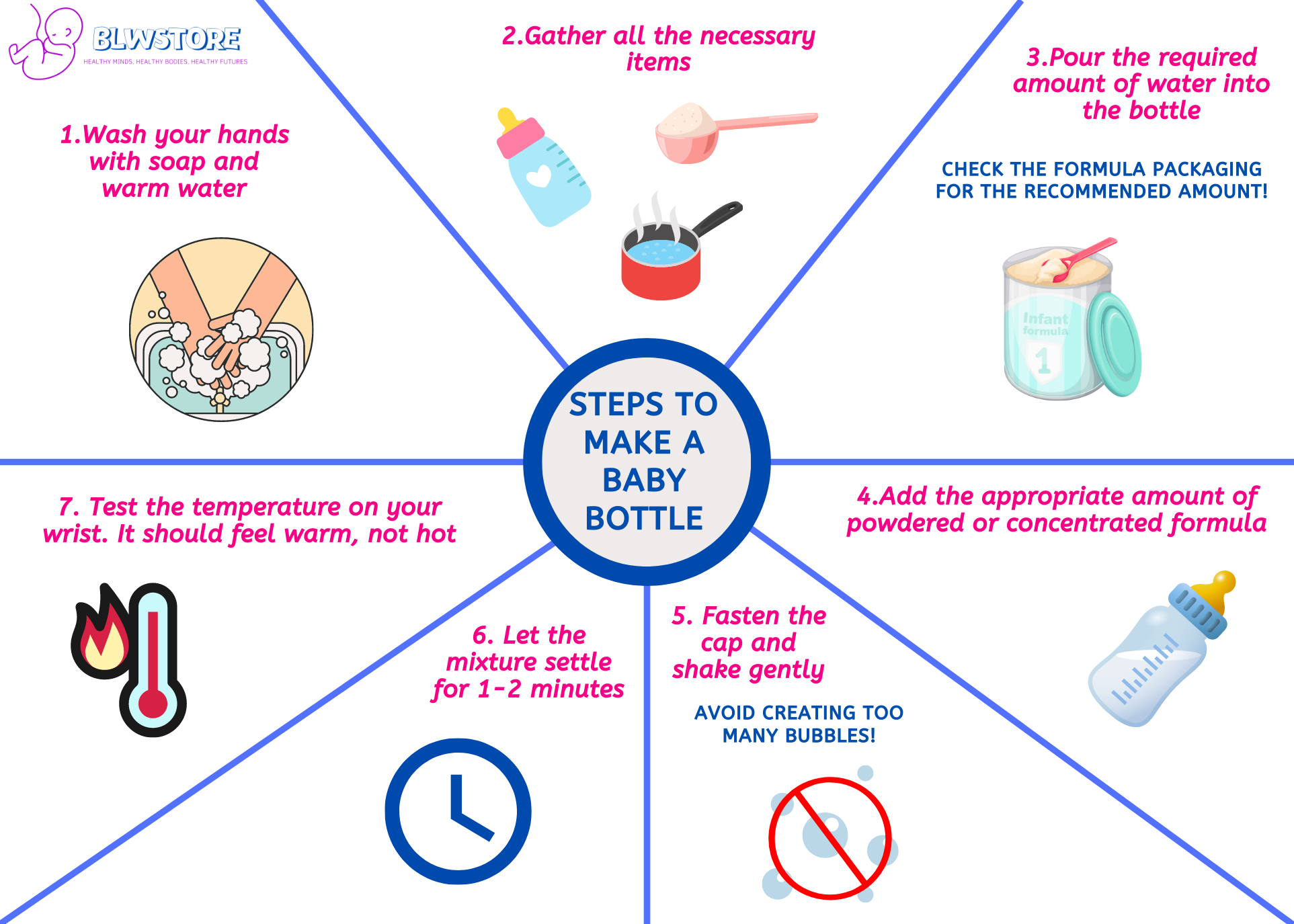
Steps to make a baby formula bottle with powdered formula
To maintain hygiene, begin by washing your hands thoroughly with soap and warm water.
Gather all the necessary items – a clean bottle, ring, cap, teat, measuring scoop (provided with the formula), and cool boiled water at the recommended temperature (98.6 Fahrenheit or 37 Celsius)
Pour the required amount of water into the clean bottle as mentioned on the formula packaging.
Add the appropriate quantity of powdered or concentrated formula to the bottle using the provided scoop; remember to level off each scoop.
Fasten the cap on the bottle and shake it gently until all powder particles have been dissolved – avoid creating too many bubbles during this process, as they can cause gas in babies’ tummies.
Let your carefully prepared mixture settle for a minute or two before feeding it to your little one.
Test if the formula isn’t too hot by dropping a little on your wrist before giving it to your infant.
How to make a concentrated formula bottle
To make a concentrated formula bottle, start by sterilizing or cleaning the bottle and all the utensils you’ll be using.
Then, measure and pour the desired amount of water into the bottle.
Next, add the appropriate amount of concentrated liquid formula to the water.
Remember to follow the instructions on the formula packaging for accurate measurements.
Once water and formula are in the bottle, securely fasten the lid and gently shake it to mix everything thoroughly.
And voila! Your baby’s concentrated formula is ready to be served.
Just don’t forget to test its temperature before feeding it to your little one by putting a few drops onto your skin – it should feel comfortably warm, not hot.
Using ready-to-feed formula
A ready-to-feed formula is convenient for busy parents or those on the go.
It comes pre-mixed and ready to use, eliminating the need for measuring and mixing.
Simply open the bottle, attach a nipple, and you’re ready to feed your baby.
Ready-to-feed formula can be stored at room temperature before opening, making it an ideal choice for outings or emergencies.
After opening, any unused portion should be refrigerated and used within 48 hours.
*Related: Liquid vs Powdered vs Ready-to-feed formula
Choosing the right water for formula
We recommend reading our article on baby formula water, but here’s the short answer:
Use bottled water or tap water that has been boiled for at least one minute and then cooled, as this helps eliminate any potential contaminants.
Avoid using well or softened water, as they can contain high minerals or toxins.
Using sterile distilled or purified bottled water is also an option if you’re concerned about impurities in your tap water.
How to Warm a Bottle of Baby Formula
To warm a bottle of baby formula, you can use various methods, such as using a bottle warmer or placing the bottle in a container of warm water.
Various methods to warm a bottle
Warm Water Bath: Fill a bowl, sink, or pot with warm water. Place the bottle in the water and let it sit for a few minutes until it reaches the desired temperature. Gently swirl the bottle occasionally to ensure even warming.
Bottle Warmer: Use an electric or microwave bottle warmer specifically designed for warming baby bottles. Follow the manufacturer’s instructions to heat the bottle to the recommended temperature.
Running Water: Hold the bottle under warm running water, ensuring that the water only comes into contact with the outside of the bottle and not the formula inside. Continue running water over the bottle until it reaches a suitable temperature.
Bottle Sleeves: Use an insulating bottle sleeve or wrap around your baby’s bottle to help retain heat during feedings. These sleeves can help keep bottles warm for longer periods.
Recommended temperature for warming formula
The recommended temperature for warming formula is around body temperature, which is approximately 98.6°F (37°C).
This temperature closely resembles the natural warmth of breast milk and allows for easy digestion. It’s crucial not to heat the formula too much, as it can burn your baby’s mouth or destroy essential nutrients.
On the flip side, cold formula may be used if your baby is okay with it.
How to store baby formula
Refrigerate immediately: After preparing a formula bottle, refrigerate it immediately.
Use within 24 hours: Prepared bottles can be stored in the refrigerator for up to 24 hours.
Discard unfinished bottles: If your baby doesn’t finish a bottle of formula within one hour, discard the remaining contents. Bacteria can grow quickly in leftover formula.
Store properly sealed containers: Opened containers of ready-made formula, concentrated formula, and formula prepared from concentrate should be tightly sealed before being stored in the refrigerator. They can safely remain refrigerated for up to 48 hours.
Choose appropriate storage containers: Use clean, sterile bottles or containers made specifically for storing infant formula.
Label bottles with date and time: To keep track of when each bottle was prepared, label them with the date and time using waterproof stickers or markers.
Avoid freezing prepared bottles: Freezing prepared baby formula is not recommended as it can affect its texture and nutrient composition.
Check for signs of spoilage: Before feeding your baby a stored bottle of formula, inspect it for any unusual odor, color changes, or clumping that may indicate spoilage. If in doubt, discard it and prepare a fresh batch.
Don’ts when preparing infant formula
| Don’ts When Warming Baby Formula |
|---|
| Do not warm the baby formula for too long. |
| ??Avoid heating the formula too hot; it should be around body temperature (98.6°F/37°C). |
| Do not use a microwave to heat the formula as it can cause hot spots. |
| Never reheat previously warmed formula. |
| Avoid letting warmed formula sit out for more than an hour. |
| Do not discard leftover formula within the bottle after feeding, it could contain bacteria from the baby’s mouth. |
| Do not add extra water to the formula; it could dilute the nutritional value. |
| Never freeze formula, it can break down nutrients. |
| Do not continually re-warm the same bottle of formula. |
| Avoid using a formula that is past its expiration date. |
FAQs about baby formula
Q: Can you store formula milk in the fridge?
A: Absolutely! Prepared baby formula can be stored in the fridge for up to 24 hours. Just make sure to keep it in a clean, covered container.
Q: Can you warm formula milk?
A: Yes, you can warm formula milk. It’s best to use a bottle warmer or warm a bowl of water and place the bottle in it for a few minutes. Remember, always test the milk temperature before feeding to avoid burns.
Q: Can you microwave formula milk?
A: It’s not recommended to microwave formula milk. Microwaving can create hot spots in the milk that can potentially burn your baby’s mouth. Using a bottle warmer or a bowl of warm water is safer.
Q: Can you reheat formula milk?
A: No, it’s not safe to reheat formula milk. Once your baby has started drinking from a bottle, bacteria from their mouth can get into the bottle and multiply, even if you refrigerate it. It’s best to discard any leftover milk within an hour.
Q: Can you boil formula milk?
A: You should not boil formula milk. Boiling can destroy some of the nutrients in the formula. Instead, use water that has been boiled and cooled to prepare the formula.
Q: Can you mix baby formula with breast milk?
A: Yes, you can. There is not a specific ratio for doing so, but it is safe to do if you want to supplement with formula.
We’re Maria and Alberto, a married couple and educators who are nutrition enthusiasts. Even before we had kids, we were already crazy about nutrition.
We’d read scientific articles, watch videos from nutritionists, and spend hours listening to nutrition podcasts.
Today, we continue doing this, but in a different way, as we’ve learned to sift through the noise and trends. Nutrition, like any other field of knowledge, the more you read and learn, the more you develop a comprehensive understanding of reality, and that’s what has happened to us.
Before having our first child, we focused on learning everything we could about child nutrition, using the same techniques we had already employed, backed by our extensive knowledge in nutrition.
Our mission is to help other parents with their children’s nutrition, to help them become the best versions of themselves.
If we are what we eat and drink, which is absolutely true, let’s do it right!


